Arousal is a state of brain activity that is critical for behavior but it is poorly understood. It is shaped by the activity of distinct types of subcortical neuromodulatory neurons acting in concert, including cholinergic, noradrenergic, serotonergic and dopaminergic subgroups, among others. Together or separately, and according to the behavioral context, they set the tone required for effective transmission of information across neuronal ensembles, synchronizing brain areas that have a common functional association.
Such interactions may occur in specific ranges of frequency oscillations and lead to global network state transitions or microstates, the latter occurring during both the waking state and sleep. This mode of operation may be interpreted as a gating mechanism, whereby behaviorally-relevant information is enhanced and integrated across the appropriate channels.
We are interested in characterizing the firing properties of neuromodulatory neurons across different behavioral states, in identifying the mechanisms that determine their activation, and in elucidating their impact on basal ganglia dynamics and global responsiveness.
PPN cholinergic neurons are embedded in a network of GABAergic neurons (see Mena-Segovia et al., 2009)
Dissecting the synaptic organization of neuromodulatory circuits
Neuromodulatory neurons are integrated into local neuronal networks composed of distinct subclasses of neurons whose function and contribution to the local activity is unclear. Furthermore, neuromodulatory neurons of different molecular compositions innervate each other, thus providing the structural basis of a coordinated mode of operation. In order to understand the contribution of different classes of neuromodulatory neurons to the global network activity, it is necessary to identify how they are synaptically integrated into their local networks and the mechanisms that promote their activation. We use the juxtacellular labeling method to record in vivo the spontaneous activity of individual neurons and to label them for post hoc histological identification, including their molecular composition, connectivity and synaptic input balance, thus allowing the identification of their afferent and efferent systems, and the consequences of their activation and interactions for the global network state.
Cortical and basal ganglia dynamics
Neuromodulatory subcortical circuits have ascending projections that ultimately impact on the activity of the cortex and basal ganglia, and determine the behavioral state. Because they are integrated into different functional systems and are activated in distinct behavioral contexts, it is anticipated that different neuromodulators will produce distinct dynamics in cortical and basal ganglia networks. This would coincide with the idea of distinct types of arousal (e.g. motivational, attentional, fight-or-fly, sexual, among others). Importantly, while reduced levels of arousal may not be enough to ensure an optimal behavioral outcome, excessive levels of arousal may impair the overall responsiveness and the performance (e.g. by increasing the levels of stress and anxiety). We aim to identify the mechanisms for the generation of global network transitions with millisecond resolution and characterize the temporal and spatial effects of the induced oscillatory dynamics for different types of neuromodulatory neurons.
Cross-frequency coupling in the cortex during slow-wave sleep (see Valencia et al., 2013)
Locomotor activity following optogenetic stimulation of the cholinergic brainstem.
Behavioral and sleep studies
An increase in the arousal level will produce an increase in alertness and this will consequently be reflected in the overall waking state. Models of sleep-wake regulation are being updated as novel experimental and analytical tools are able to differentiate between intermediate states, usually associated with the qualities of the waking experience. For example, an increased learning demand will increase the alertness during the performance of the task and will impact on the neuronal activity during subsequent deep-sleep stages. Depending on the incentive that elicits such activation process, different arousal mechanisms will be operating.






